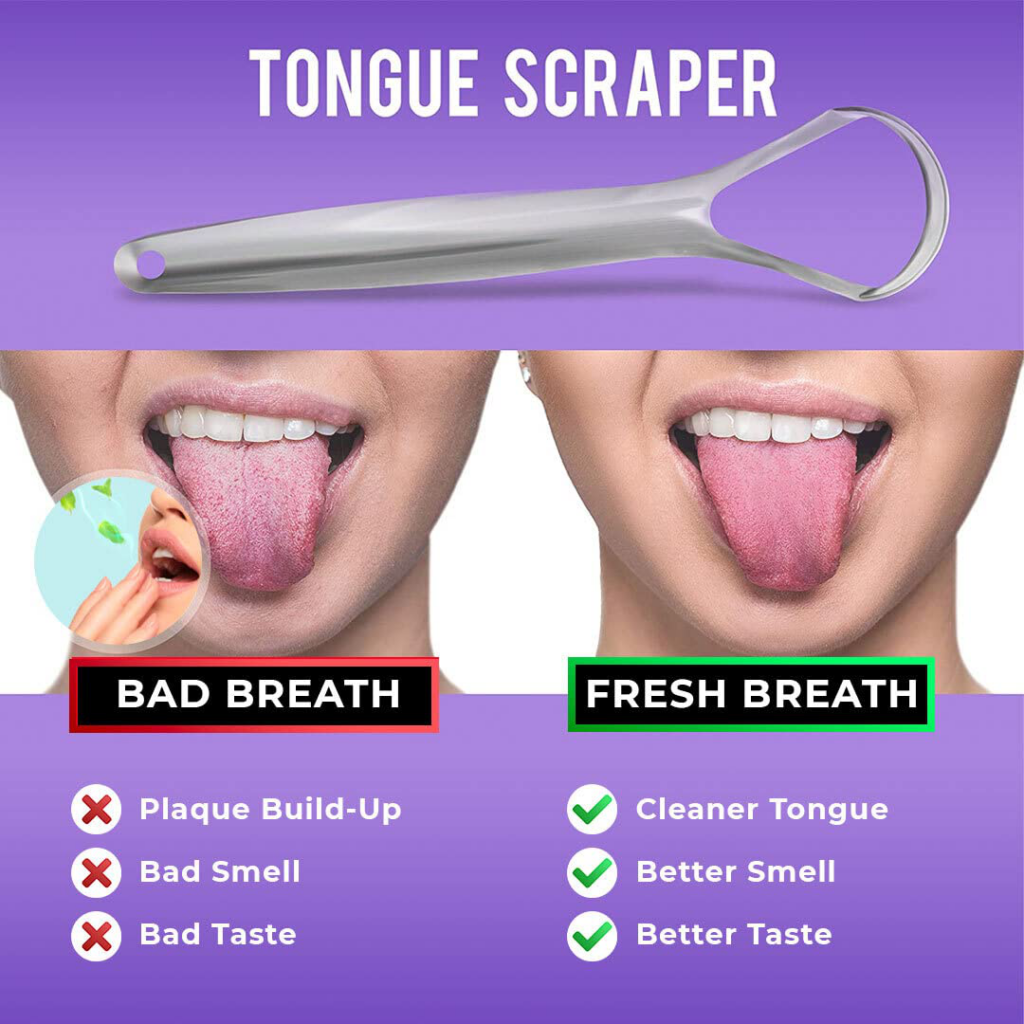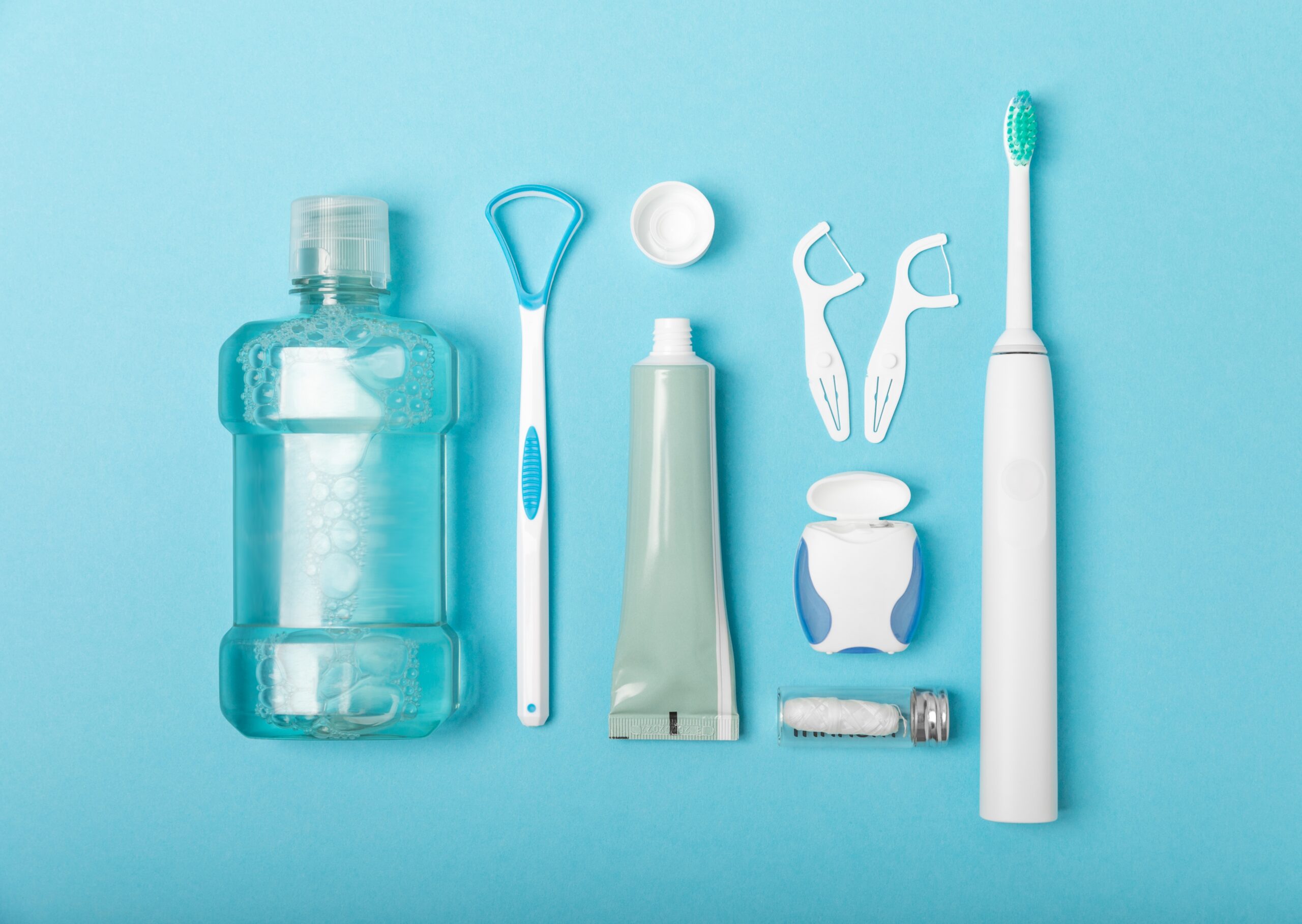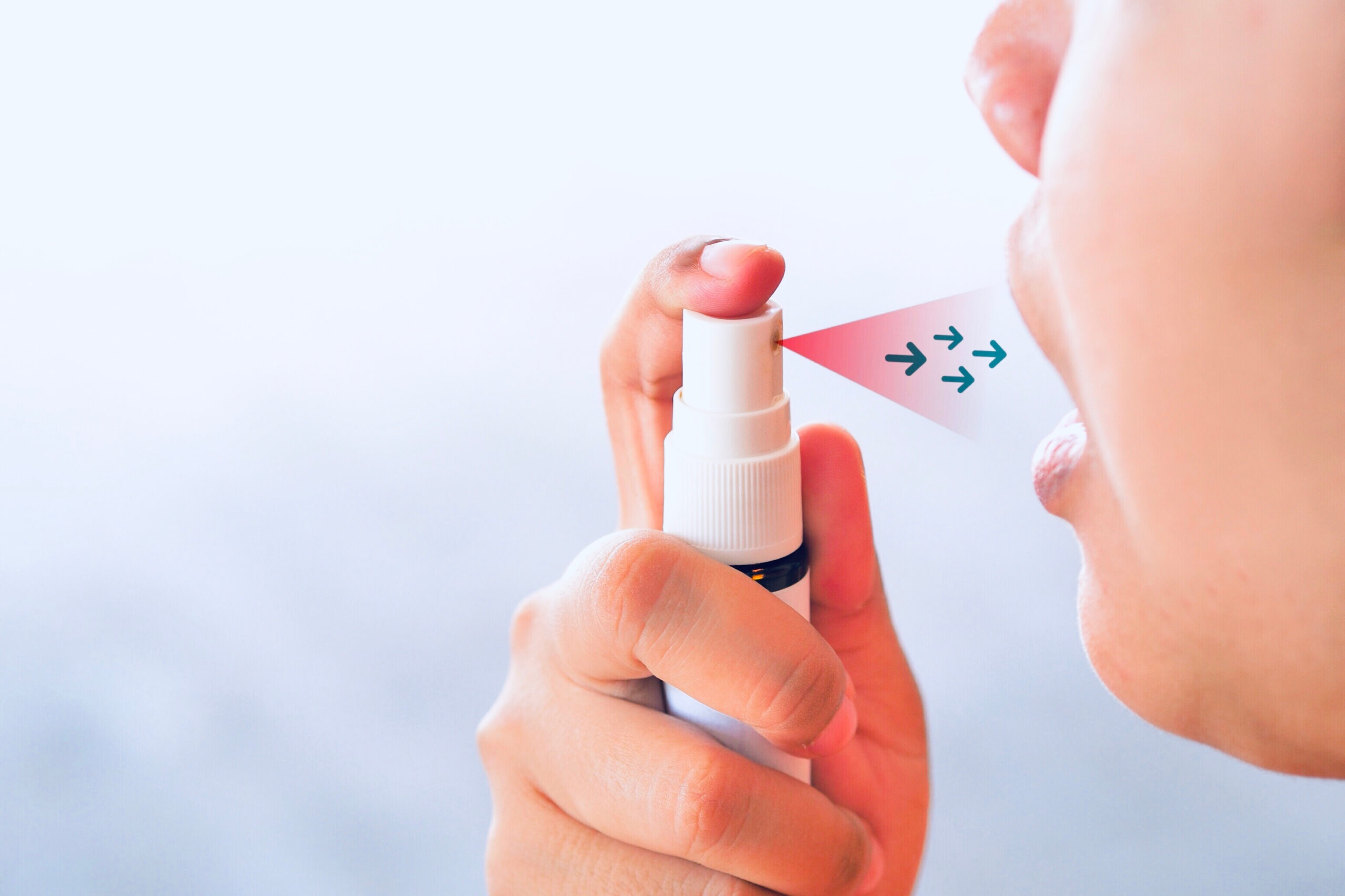You’ve heard it before: It’s not what you eat, but what you digest. But how do we get what we eat out of our bodies? Whether you’re trying to prevent or treat health issues or just want to improve your body’s abilities to function well, one key step is making sure that your digestive system is running smoothly. Your tongue can tell you a lot about how well your body is processing the food you eat. The way it looks and feels are key indicators of its health. If something isn’t right there, it might be affecting other areas in your body too! If this sounds like some kind of science fiction movie plot twist then don’t worry—we’ll walk through everything below.
Why Clean Your Tongue?
A clean tongue is a sign of good oral health. However, most people don’t clean their tongues and they have to deal with bad breath, tooth decay and more.
If you’ve ever looked at your tongue in the mirror, you’ll notice that it’s covered with tiny bumps called papillae. These papillae contain enzymes that help break down food into smaller particles. The bumps also contain bacteria that help digest carbohydrates (i.e., sugars).

When you eat certain foods, like carrots or apples for example, the papillae swell up to help break down these foods into smaller particles and then push the particles through your digestive tract so they can be absorbed by your body. This process also produces an odor from the breakdown of starches into sugar molecules by bacteria on your tongue. The smell of your breath after eating certain foods may also be due to other factors. For example, some foods can cause the tongue’s papillae to swell up and temporarily trap odor-producing bacteria that are normally found on your tongue. This may give you bad breath for a short time after eating these foods.
How to Clean Your Tongue
Cleaning your tongue is a simple process. The first step is to take a good look at your tongue in the mirror. Look for any areas of discoloration, which could be signs of bacteria or yeast. If you see anything that looks out of the ordinary, schedule an appointment with your doctor immediately.
After looking at your tongue, use a small brush to clean it. A tongue scraper is also a great option, especially if you have an overgrowth of bacteria on your tongue. Brushing or scraping will help remove any debris or food particles that may be stuck in your mouth and on your tongue.
The next step is to rinse with warm water and then gargle with warm salt water (about 1 tablespoon) every morning and evening before brushing your teeth. Rinse out your mouth with cool water after rinsing with salt water to wash away any remnants of salt from the gargling process.
When should you clean your tongue? Cleaning your tongue should be done in addition to brushing and flossing daily because it can help prevent bad breath and other oral health problems like cavities, gum disease, and tooth decay.
Tools to Help You Get That Clean Tongue
There are many different ways and productos de cuidado bucal de marca privada to clean your tongue, like aerosol para el aliento, enjuague bucal a granel. A good way is by using a tongue scraper, which is basically a small metal or plastic tool that you can use to scrape away the bacteria on your tongue. This makes it easier for you to brush out any remaining food particles in your mouth. They’re available in drugstores or online and often come with their own cleaner spray.

Source: Amazon
If the scraper doesn’t quite do the job (or if you want some extra help), try brushing your tongue with a soft-bristled toothbrush instead. The most common type of brush looks similar to an ordinary toothbrush but has two sides: one side has soft bristles like those found on regular toothbrushes; the other contains tiny holes through which water flows as you brush. You simply run this side over your wet tongue until all traces of debris have been removed! Some people prefer using both methods together–a soft-bristled brush first followed by an electric model equipped with specialized cleaning heads designed specifically for removing bacteria from hard-to-reach places like underneath nails or between toes.”
Oral care manufacturers also offer another option is using a tongue brush, which looks like an ordinary toothbrush but has soft bristles instead of hard ones so they don’t hurt as much when brushing against gums or sensitive areas like inside cheeks or lips (whereas regular toothbrushes may be too harsh). You can also try using dental picks or toothpicks if those seem more comfortable than brushes because they have softer tips–although this might not work well if there’s still some food stuck between teeth!
Finally, another easy method involves simply using fingers (either index finger/thumb combo works best here) by pressing down firmly onto the surface area being cleaned while moving slowly back-and-forth across lengthwise direction until all debris has been removed from the surface area being cleaned; then repeat the process again just one more time before rinsing the mouth out thoroughly with cool water.
Conclusión
If you’re looking for a way to improve your oral health, cleaning your tongue is one of the easiest and most effective things you can do. The best part about it is that it’s so easy to do at home! All it takes is some time and patience, but the results will be worth it: cleaner teeth, fresher breath and better overall health.
Productos de cuidado bucal de marca privada, including toothpaste and dental floss, are a rapidly growing part of the personal care industry.
If you’re looking for an oral care product contract manufacturer, we can help!


